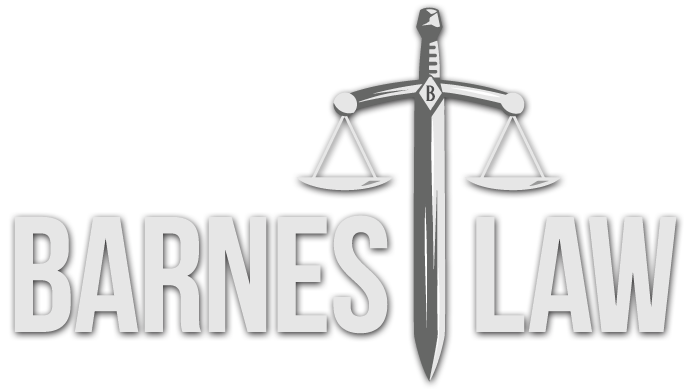Tinker v. Des Moines: The Student’s Guide to Free Speech.
It is a particularly rancorous political season. Much attention is devoted to the clash of ideals, and humanity, that has taken place in the name of political identity.[1] While these physical confrontations happen in the streets of cities like Chicago, the ideological battle is being waged in our very own living rooms by the talking heads on television, by journalists from national and international press, and by anyone with an opinion, a couple fingers, and a smartphone app like Twitter. Inevitably these competing ideas of the direction of our nation will be absorbed into the consciousness of our youth, and tested on the anvil of the schoolyard. First Amendment jurisprudence concerning our nation’s students’ rights to free expression is a fascinating, voluminous, but often overlooked area of the law. There is no doubt, in some corner of our nation, the length and breadth of a school’s authority to censor political speech will be tested between now and election day.[2]
The seminal case in this area is Tinker[3]. Tinker is the famous case about students who were punished for wearing black armbands to protest the Vietnam conflict, and is a favorite of Con. Law professors, and Bar examiners, across the nation. Justice Fortas delivering the opinion of the Court stated that “First Amendment rights, applied in light of the special characteristics of the school environment, are available to teachers and students. It can hardly be argued that either students or teachers shed their constitutional rights to freedom of speech or expression at the schoolhouse gate.”[4] While this statement seems definitive, the court allowed for the inevitable evolution of jurisprudence and stated that “[i]n the absence of a specific showing of constitutionally valid reasons to regulate their speech, students are entitled to freedom of expression of their views.”[5] In that simple statement, the Tinker court not only walled-off the precious First Amendment rights of both teachers and students but also gave a battering ram to the administration. The caveat to the rule is that students are not stripped of their freedom of speech unless the speech is shown to “substantially interfere with the work of the school or impinge upon the rights of other students.”[6] It is there, in those words ‘substantial interference’, that students, and those standing for student’s rights, are often left with an ocean of unknowns.
Ultimately, The Supreme Court’s interpretation of the First Amendment’s effects on student political speech appears as clear as it is ambiguous. It also appears that recent cases are departing from a stricter adherence to the liberties of the students, and towards a more lenient philosophy in granting greater authority to school administration.[7] The overarching theme articulated by the High Court is that students are not stripped of their fundamental right of freedom of speech, yet they are also not afforded the same level of speech as adults in other settings. That isn’t an exceptionally bright line rule regarding such an important right. The most important thing when confronted with censorship of students by school administration is to seek legal counsel well versed in Tinker and its progeny.
— By Derek A. Jordan, Esq., Barnes Law
Derek A. Jordan is an associate attorney with Barnes Law, licensed to practice law in Tennessee.
The opinions expressed are those of the author and do not necessarily reflect the views of the firm, its clients, or any of its or their respective affiliates. This article is for general information purposes and is not intended to be and should not be taken as legal advice.
[1] See: http://www.barneslawllp.com/political-rallies-and-protests-an-introduction-to-the-first-amendment/
[2] Those who want a broad survey into the topic should read “Let the Students Speak! A History of the Fight for Free Expression in American Schools” by David L. Hudson, Jr.
[3] Tinker v. Des Moines Indep. Cmty. Sch. Dist., 393 U.S. 503, (1969).
[4] Id. at 506.
[5] Id. at 511.
[6] Id. at 509.
[7] For those wanting the definitive text: Chemerinsky, E. (2006) Constitutional Law, Principles and Policies, Third Edition. NY, NY: Aspen.
